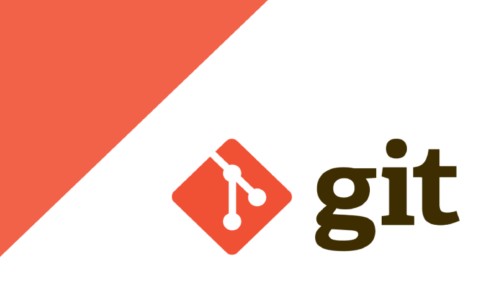Git branch is an essential feature of git that allows developers to work on multiple versions of a repository at the same time. Branches are used to create separate lines of development for features, bug fixes, and experiments. By branching, developers can isolate changes from affecting the main development branch and maintain a history of each branch.
A branch in Git can be thought of as a snapshot of the repository’s state at a given point in time. When you create a branch, all of the files and commits related to the branch are copied over from the main branch. This means that changes made in the branch don’t affect the main branch until they are merged back in.
When working on a project, it’s common to create multiple branches to keep track of different features or experiments. This allows you to easily switch between branches to test out different ideas or to selectively merge changes from one branch into another.
Git also provides powerful tools for managing and merging branches. These tools can help you quickly identify conflicts, resolve conflicts, and keep branches up-to-date with the main branch. With these tools, developers can easily collaborate on projects without worrying about breaking the main branch.
git branches provide a powerful way to manage complex projects and provide an efficient way for developers to collaborate on a codebase. They help teams quickly produce software with minimal disruption and provide a reliable system for tracking and merging changes.




